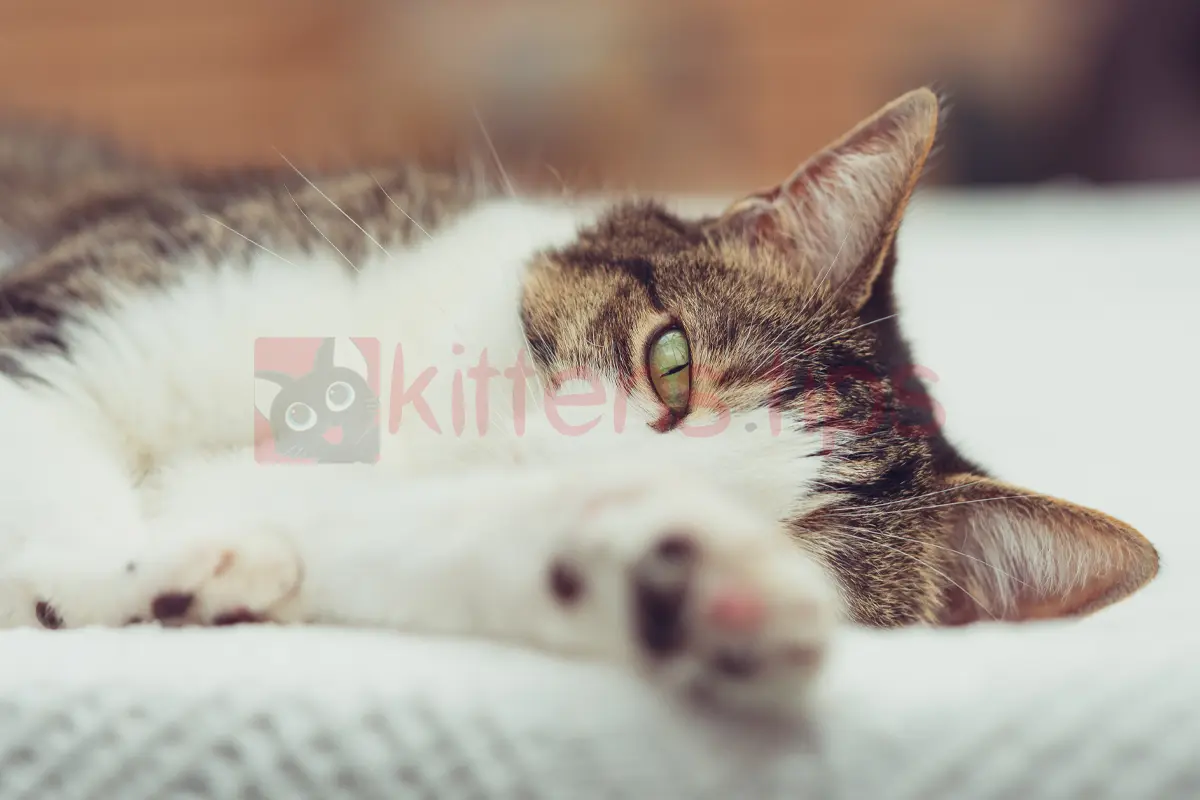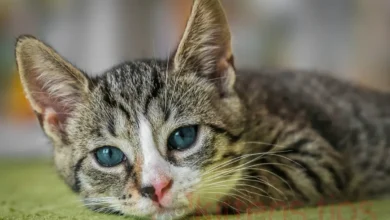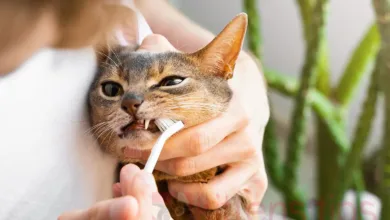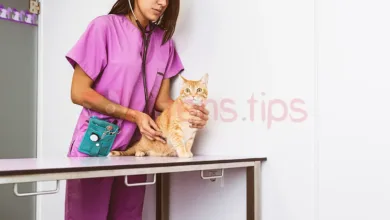
Feline Diabetes. Symptoms, Causes, and Treatment
Feline diabetes. Just like in humans, as cats age, they can suffer from various health conditions, including diabetes. In fact, it’s the second most common ailment cats contend with. The first signs of diabetes can appear as early as 6 years old, but the initial indications that a cat may be suffering from diabetes typically become evident around the age of 9.
Diabetes is a pancreatic disease, characterized by the pancreas’s inability to produce sufficient insulin. This disease can be easily detected at most veterinary clinics through blood or urine analysis. When detected early and left untreated, diabetes can lead to various renal, metabolic, neurological, or even fatal complications.
Table of Contents
Feline Diabetes: Symptoms
The symptoms of feline diabetes are diverse, and some of them may mimic other conditions. Increased thirst, frequent urination, heightened appetite, weight loss, apathy and lethargy, loss of coat luster, weakness in the limbs, bacterial cystitis, retinal disorders, and depression are the key signs that should make you ponder and promptly take your cat to a veterinary clinic.
Causes of the onset and development of diabetes in cats
The causes of diabetes in cats are manifold, but most often, the primary factors include obesity, improper nutrition, an unbalanced diet, vitamin deficiencies, digestive tract diseases like ulcers or colitis, liver diseases, gallbladder diseases, overfeeding, pancreatitis, hepatitis, the use of hormonal medications and contraceptives, and genetic predisposition. All of these factors can lead a cat to develop this pancreatic disease.
Treatment and diet for cats with diabetes
Treatment revolves around a balanced diet, low in carbohydrates and sugars, and rich in proteins, lipids, vitamins, and minerals. Administration of medications or insulin injections is part of the treatment for this disease. The veterinarian will choose the best treatment regimen and food. The treatment is a long-term commitment, and your cat will require all your patience and responsibility to see it through, as in many cases, the disease can regress.
Insulin treatment is determined based on the cat’s weight, and if the disease is detected early, cats typically respond well to oral medications. Furthermore, it’s crucial that insulin is administered at the same time every day. It’s out of the question to initiate this treatment without consulting a specialized veterinary doctor who will establish the treatment and diet based on blood and urine analyses.
Feline Diabetes: Monitoring
Monitoring is crucial to address potential complications that may arise during the treatment of feline diabetes.
You can monitor blood glucose levels at home by collecting daily blood samples, noting the time of insulin injection, the amount of insulin injected, the quantity and type of food provided, the amount and time at which food was consumed, the amount of water consumed, recording the blood glucose value before insulin administration, and weekly, the cat’s weight.
Part of the monitoring also involves the collection of samples by the veterinary doctor, and do not alter food or insulin quantities without consulting them. Glucose excreted in the urine indicates if the treatment is appropriate and effective. You can use specially designed sand for urine collection or pre-washed aquarium sand.
Also read: Panleukopenia or Feline Parvovirus (FPV). Symptoms and Treatment
The urine to be collected is that from overnight or first thing in the morning. If the insulin dose administered is too high, blood glucose levels can drop significantly. If a diabetic cat experiences lethargy, trembling, seizures, weakness, or limb instability, it is necessary to determine their blood sugar levels and seek immediate veterinary care.
Daily exercise and a suitable balanced regimen can prevent the onset of feline diabetes.
*Please note that this article is not written by a veterinary doctor, and it provides general information about feline diabetes, including its causes, treatment, and diet. We encourage you to consult a veterinary doctor as soon as you notice any changes in your cat’s behavior and habits.
Conclusion
In conclusion, feline diabetes is a prevalent and potentially life-threatening condition that affects many cats. It is important for cat owners to be aware of the symptoms, causes, and treatment options available for this disease. Early detection and proper management, including a balanced diet and insulin therapy, can help diabetic cats lead healthier and happier lives. Regular monitoring and communication with a veterinary professional are key to ensuring the best possible care for feline diabetes.


